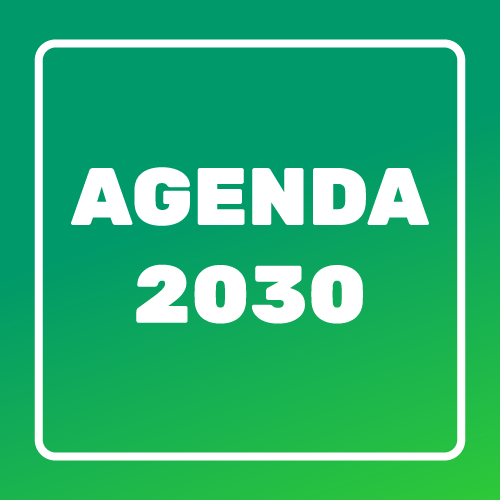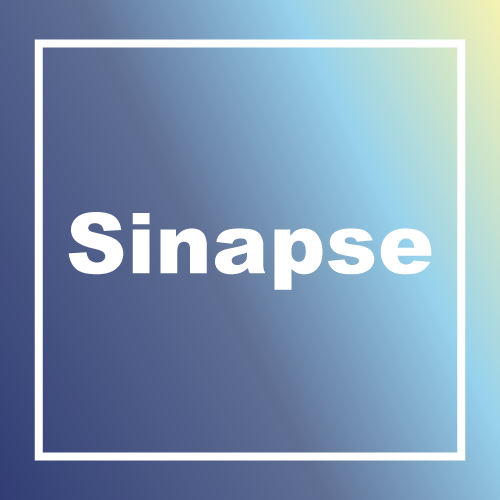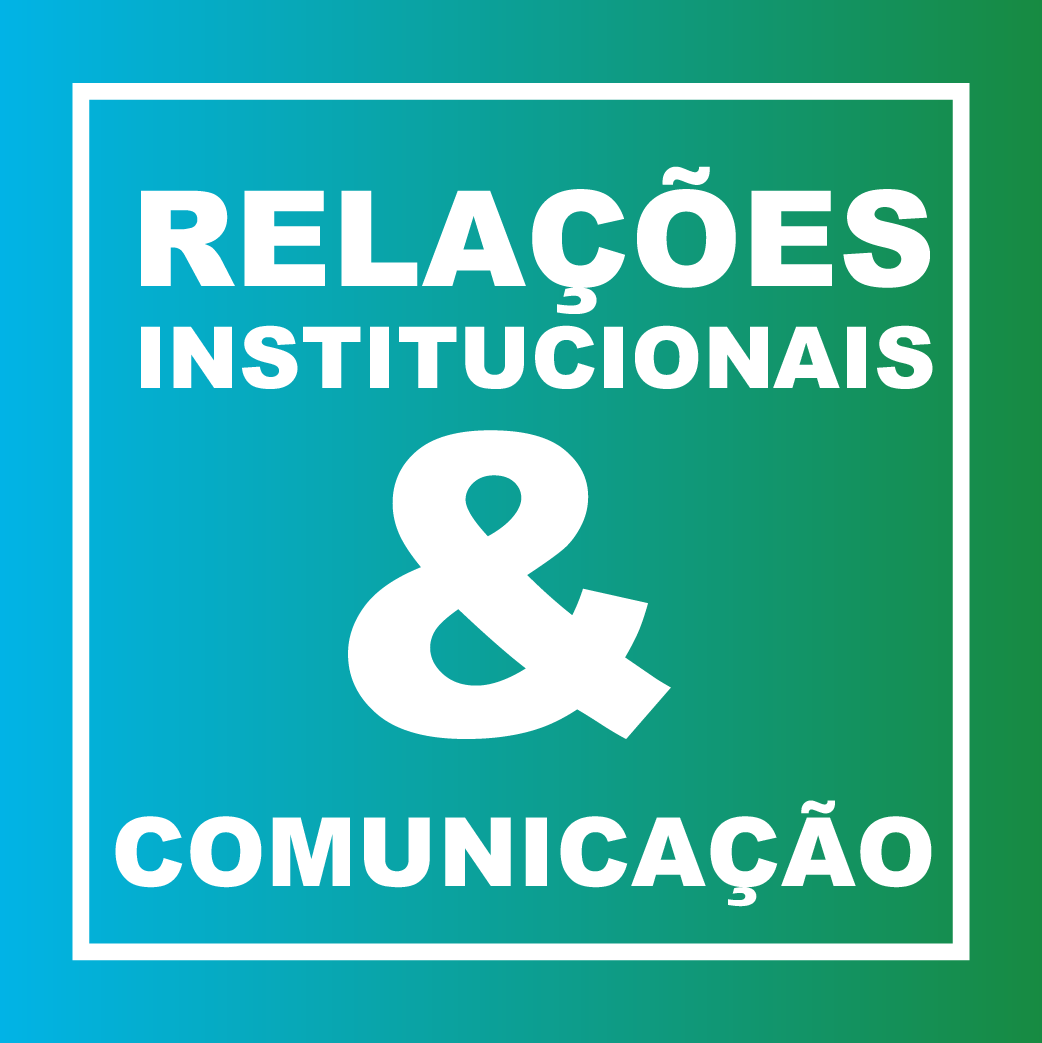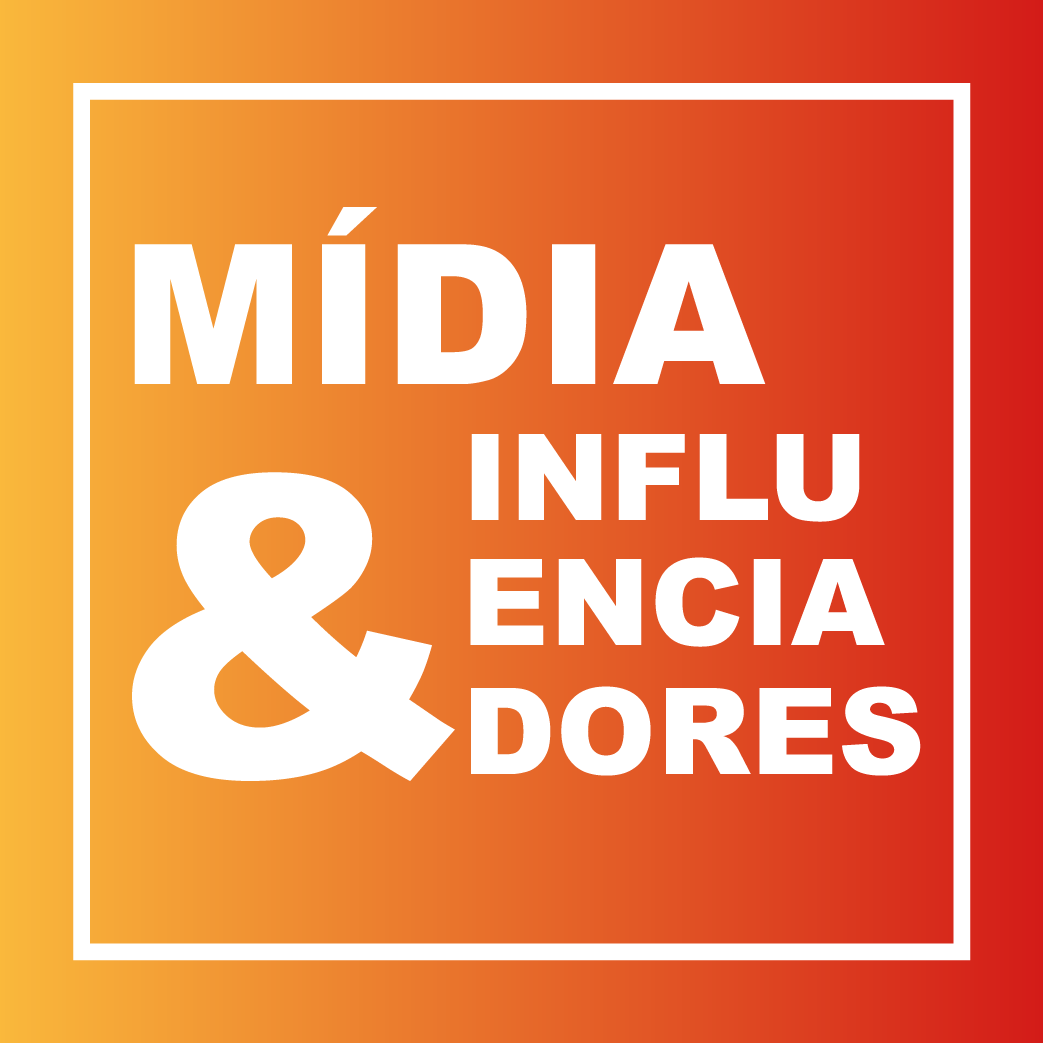Learn more about the LGBTI+ Pride Month
Ricardo Sales tells the details of the story that made June 28, 1969, a milestone in the fight for diversity and inclusion
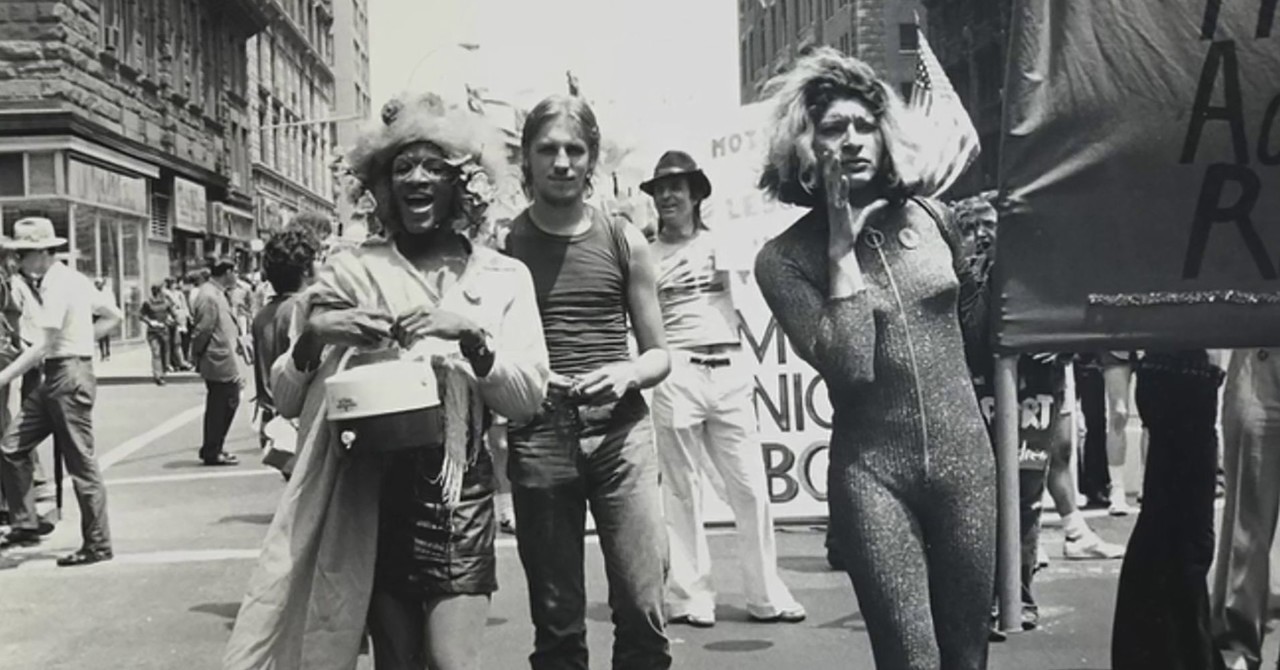
You probably already know that June is LGBTI+ Pride Month. Perhaps you also know that the choice of date is due to facts that happened more than 50 years ago – more precisely on June 28, 1969, in the United States. However, you might not know the details of this story, which brought me to write this article to celebrate LinkedIn’s #ProudAtWork campaign.
The symbolic emergence of the LGBTI+ movement took place at the Stonewall Inn, a New York bar popular mainly with gay and trans people. Police raids and scenes of prejudice were common in the bar until the regulars decided to stand up. The open confrontations drew attention to the group’s claims and led to greater articulation by LGBTI+ people, who at that time claimed their right to visibility.
Regarding the emergence of LGBTI+ activism in the United States – although it was not called that way in the 1960s – researcher Alessandro Silva (2006) points out an interesting timeline. First, it is necessary to consider that the facts occur procedurally and often reflect movements in the past.
Thus, Stonewall is the highlight of a narrative that began to take shape a few decades earlier. In 1924, the first gay organization appeared in the United States. It was a very early experience, inspired by a similar German movement.
Later, in 1933, with the end of Prohibition, several US cities witnessed the opening of bars. Some of them were aimed at the socialization of gay people, even though this fact was always disguised.
Then, WWII exerted influence on several sectors – and witnessed the increase of women in the labor market, and influenced gay activism.
In this sense, still according to Silva (2006), the most significant fact was the formation of support and relationship networks among homosexuals. These networks emerged among the women who stayed in the United States and the men on the front. The closeness and the context allowed a sharing of experiences that would facilitate, after the war, the articulation around typical demands and also the greater visibility of historically marginalized identities.
In several North American cities, the following years saw the emergence of organizations dedicated to the rights of gays and lesbians. However, police harassment, bribery, and demands for “sexual favors” persisted in raids on gay bars.
Finally, in 1969, the regulars of the Stonewall Inn, located in the Village neighborhood in New York, decided to rise up. In this regard, it is symbolic of registering two notes.
Although it is not absolutely clear the totality of the events of that night of June 28, 1969, it is said that the trigger for the revolt was the aggression that a lesbian suffered from a police officer. The environment was tense, and a trans person would have shouted: “They’ve already been given the money, but here’s a little more!” encouraging protesters to toss coins at police officers. An epic scene, according to literature.
Describing these phrases – even without indisputable evidence of their veracity – is important to appease the process of erasure of specific groups within the LGBT movement.
Stonewall entered history as an event almost exclusively gay, which is incorrect and disregards the participation of lesbians and trans people in the process of affirming sexualities that contest the existence of a heterosexual matrix.
Stonewall had significant repercussions in the US society and, a year later, on June 28, 1970, the first LGBTI+ Pride Parade took place, also on the streets of New York.
In Brazil, the military dictatorship (1964 – 1985) made it challenging to organize social groups, which the military regime could see as opponents. To make things worse, issues related to sexuality instigate moral judgments and can hurt religious sensibilities, which was particularly common in a period when acts such as “family marches” were performed. At the time, police attacks on transvestites (FRY, MACRAE, 1983) and explicit manifestations of prejudice were even more common.
The Brazilian homesexual movement, as it was called at the time, articulated in a more organized way, emerged in the second half of the 1970s. But that’s a subject for another article. If you find it interesting, I can come back here and write about the emergence of the LGBTI+ movement in Brazil in the 1970s.
RICARDO SALES
Ricardo Sales is a diversity consultant, researcher, and advisory board member. He works for some of the biggest companies in the country. He is a member of the Itaú Diversity Committee. He was elected by Out&Equal as one of the most influential Brazilians on the subject of diversity in organizations and won the Aberje Communication Award in 2019. He was a US Government State Department Fellow and the Human Rights Campaign, being recognized as a world leader in diversity. He is also a public speaker, a professor at Fundação Dom Cabral and Escola Aberje de Comunicação, a columnist for Você SA and Estadão magazine, as well as a founding member of the ECA/USP diversity and intercultural studies group.
ARTIGOS E COLUNAS
Thaís Naldoni De “Brainrot” a Business Intelligence, o que o YouTube pode ensinar à Comunicação InternaLeila Gasparindo Geração Z e diversidade: uma contribuição inédita para a evolução da comunicação organizacionalLuis Alcubierre Reputação na era da desconfiança: o que está mudando na Comunicação
Destaques
- Brazilian Communicators Expand Their Presence in Global Roles
- Latam Regional Council of the Global Alliance Discusses AI, Data, and Business Impact
- The Aberje Network and Trade Tensions
Notícias do Mercado
- Brazilian Communicators Expand Their Presence in Global Roles
- Latam Regional Council of the Global Alliance Discusses AI, Data, and Business Impact
- The Aberje Network and Trade Tensions

























